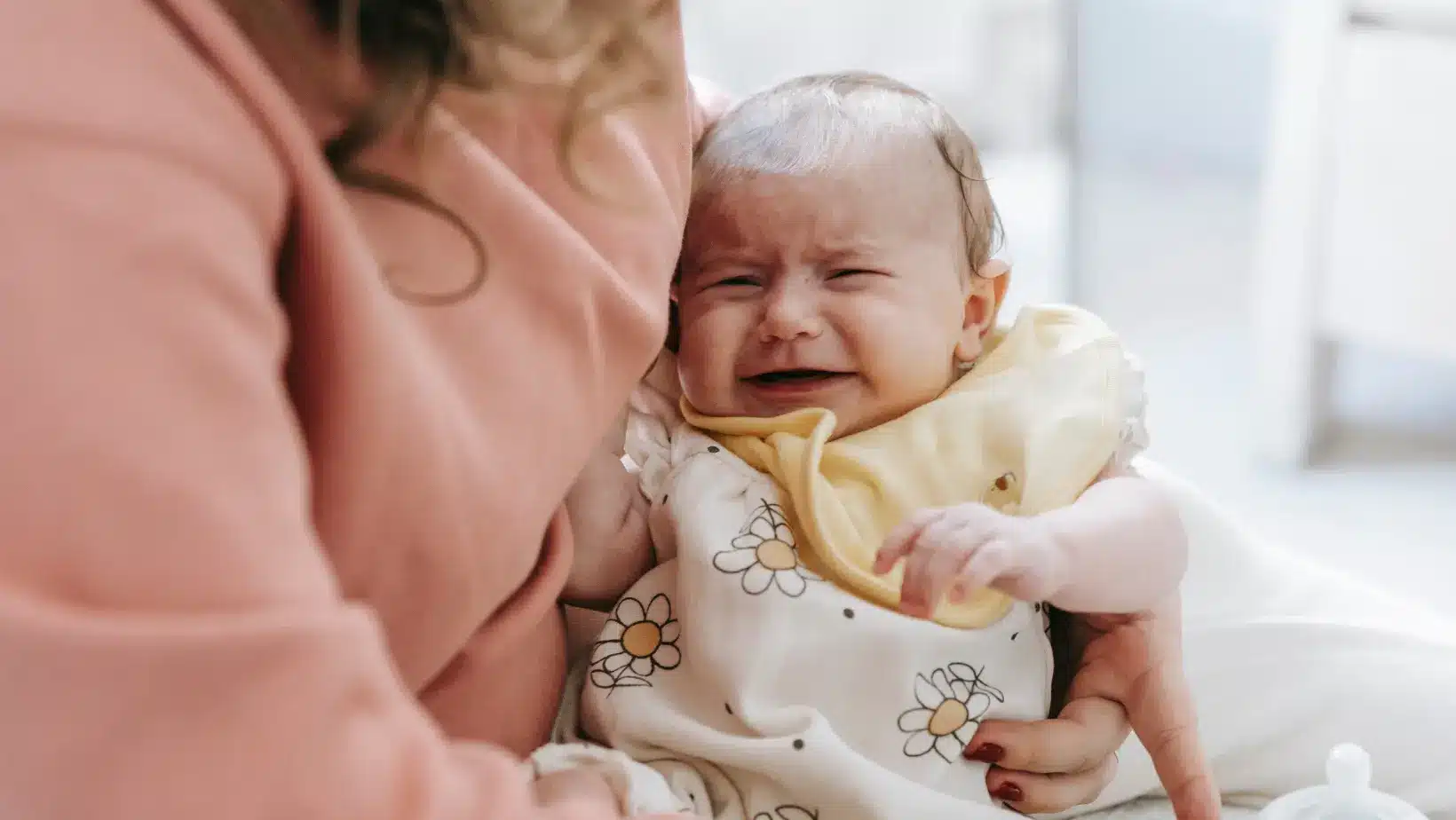Plagiocephaly can be present from birth, or can be observed in the first few weeks of life, up to a few months.
The cranial bones and soft tissues of a baby’s head can mold easily from intrauterine life and in the newborn, and flatten rapidly when there is external pressure exerted on their skull. As is the case if the baby lies on its back, with repeated and prolonged rotation of the head to a particular side. This is known as plagiocephaly. Rest assured, this in no way affects the development of the baby’s brain, but it can be aesthetically permanent if nothing is done at an early age, before the sutures in the skull close.
Plagiocephaly can occur in babies, since their neck tone is generally weaker, especially in babies with larger heads (heavier weight to support).
The main causes of plagiocephaly are :
- Sleeping on the back
- A mattress that is harder than before
- Trauma at birth (baby’s in-utero position, use of forceps or suction cup during delivery, a long push, torticollis, etc.)
- A premature baby
- Intra-uterine constraint (a baby very tight in the pelvis)
- Multiple birth
- A breech baby
- A child with limited tummy time during waking moments
- Repeated and sustained positions that put pressure on a part of the skull (e.g., sitting in a car seat, shell, vibrating seat or swing)
- Genetics in the family (big head)
The period when plagiocephaly is most frequently diagnosed is around 4 months. The ideal is to be preventive and to act before the signs appear, remaining vigilant with regard to possible symptoms, such as :
- Flattening of the head
- An asymmetrical face
- Misaligned eyes or ears
Keep an eye out for these symptoms, because early detection of plagiocephaly can make all the difference!
What can be done to minimize the risk of plagiocephaly?
For babies under 6 months of age :
- Change your baby’s position often during the day, ideally alternating (during the day, under supervision, lay your child on his side, placing a small roll (e.g. a rolled towel) behind his back for lateral support, and change sides at the next nap. If it’s not possible for you to supervise your child during his nap, always lay him on his back.
- Carry out motor development exercises during the day: put baby on his tummy 3 or 4 times a day, for short periods (helps to increase muscle tone in the head).
- If your baby is always lying on the same side of the crib, change sides to vary the position.
- When feeding or rocking your baby, alternate positions (change sides in your arms).
- Practice babywearing, as this method causes less pressure on his head.
- Consult an osteopath or a pediatric physiotherapist if there is or appears to be symptoms of torticollis or musculoskeletal tension, to help reposition the structures.
I strongly encourage you to read my post Osteopathy: mother and baby to learn more about this practice.
If the situation persists, wearing a helmet (orthosis) is usually suggested after 6 or 7 months. The helmet is used to apply light pressure to the child’s skull to redirect the bones into proper alignment. The baby usually has to wear the helmet 22 hours a day, but the results are very positive. The helmet is often worn for around 2 months.
Marie Fortier
The Baby Expert
Updated article : March, 2025.
References:
-
CHU Sainte-Justine. (2022, 28 septembre). Torticolis et plagiocéphalie. Repéré le 19 mars 2025 à https://www.chusj.org/soins-services/T/Torticolis-et-plagiocephalie
-
CIUSSS de l’ Estrie – CHUS. (2024, juillet). Prévenir les déformations crâniennes chez votre bébé (plagiocéphalie et brachycéphalie). Repéré le 19 mars 2025 à https://www.santeestrie.qc.ca/clients/SanteEstrie/soins-services/Themes/Grossesse-accouchement/Plagiocephalie-brochure-2024.pd
-
Ordre professionnel de la physiothérapie du Québec. Syndrome de la tête plate: Comment la physiothérapie peut-elle aider mon bébé? Repéré le 19 mars 2025 à https://oppq.qc.ca/blogue/syndrome-de-la-tete-plate-physiotherapie/
-
Le Médecin du Québec. (2011, décembre). Volume 46, numéro 12, Les têtes plates…pas vraiment un casse-tête. Repéré le 19 mars 2025 à https://lemedecinduquebec.org/Media/112317/051-057DreL%E2%80%99Allier1211.pdf


